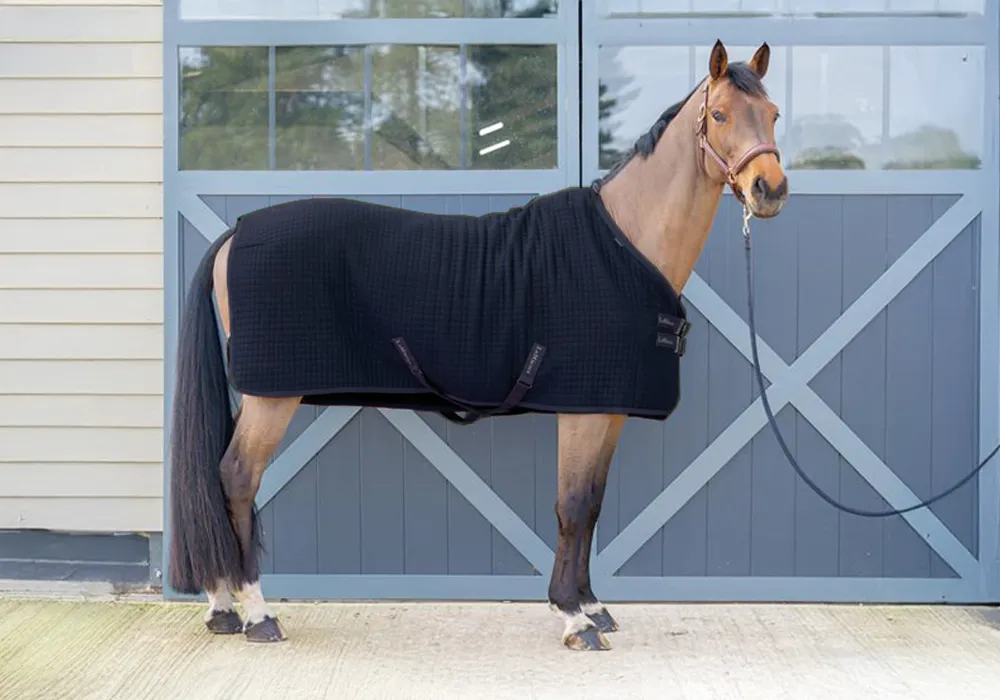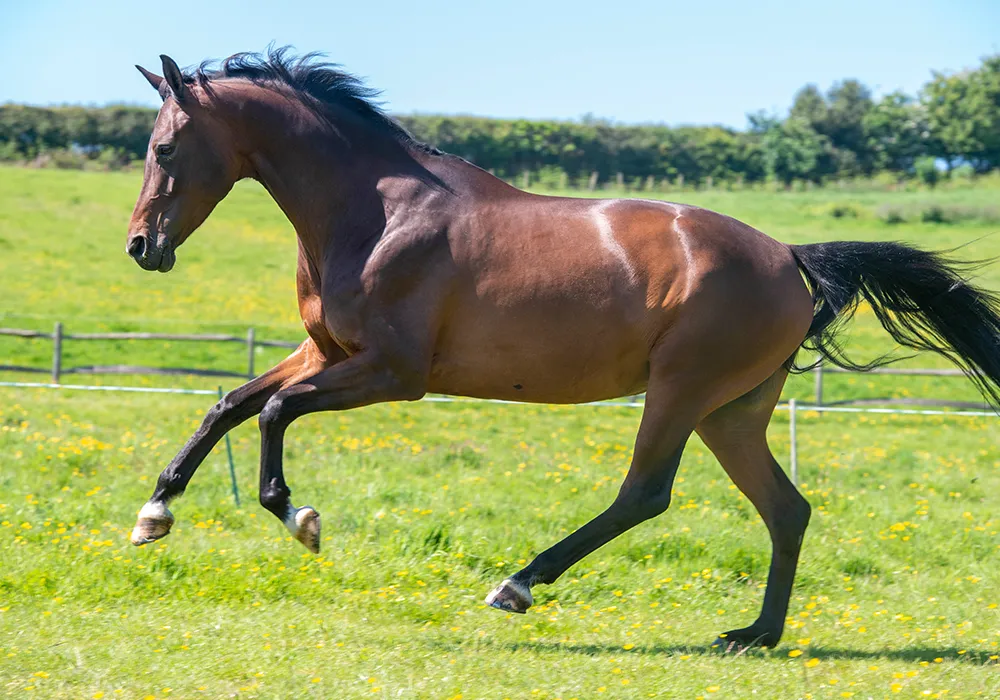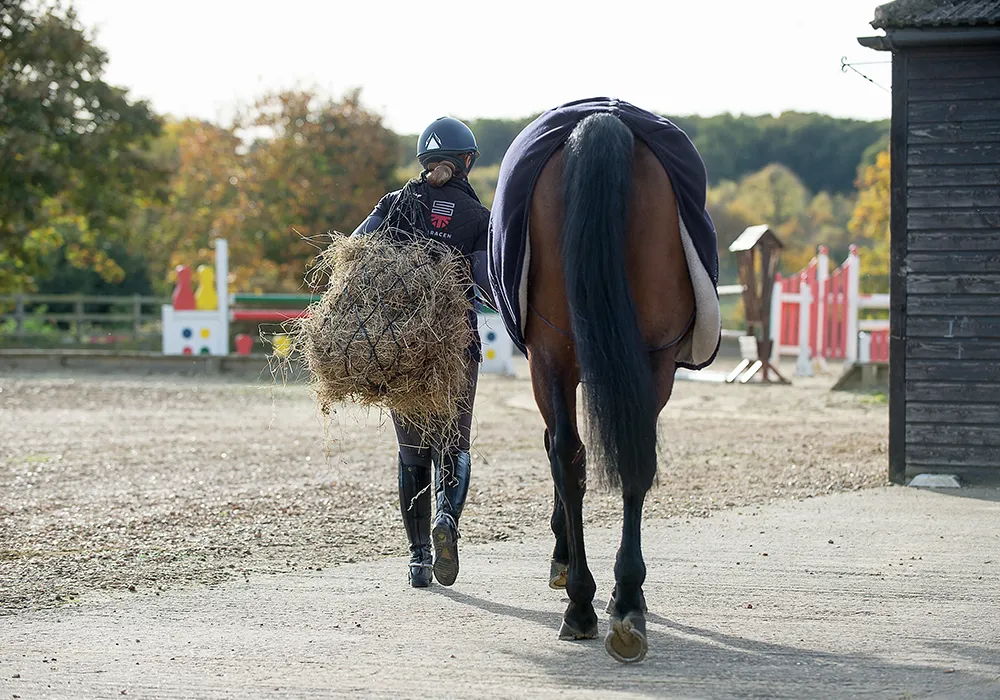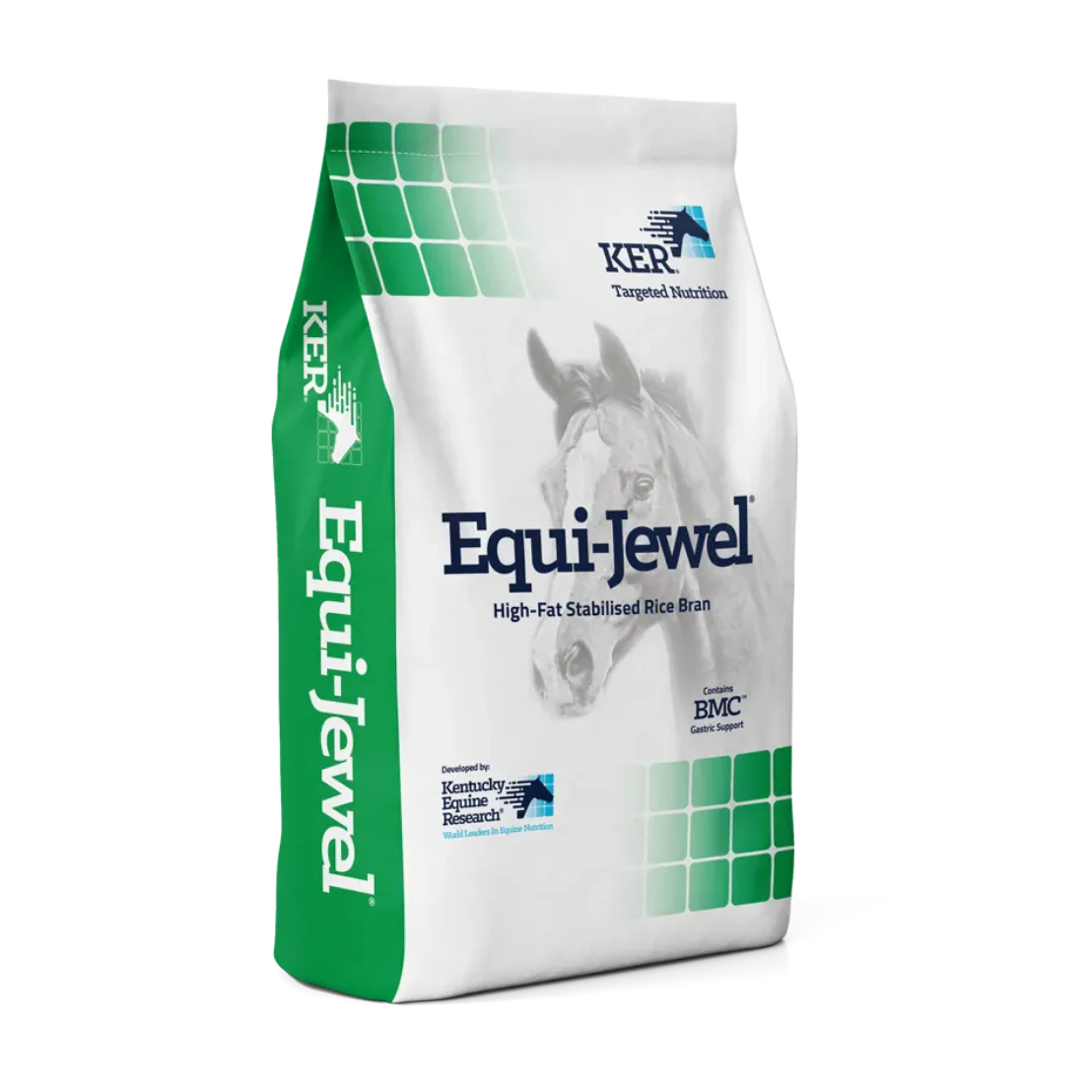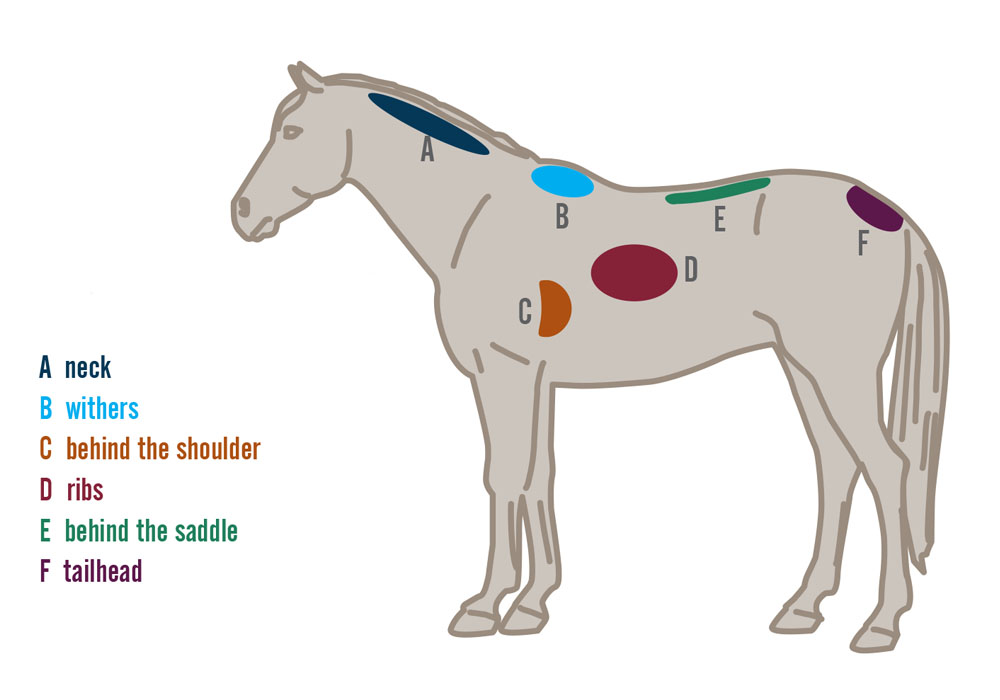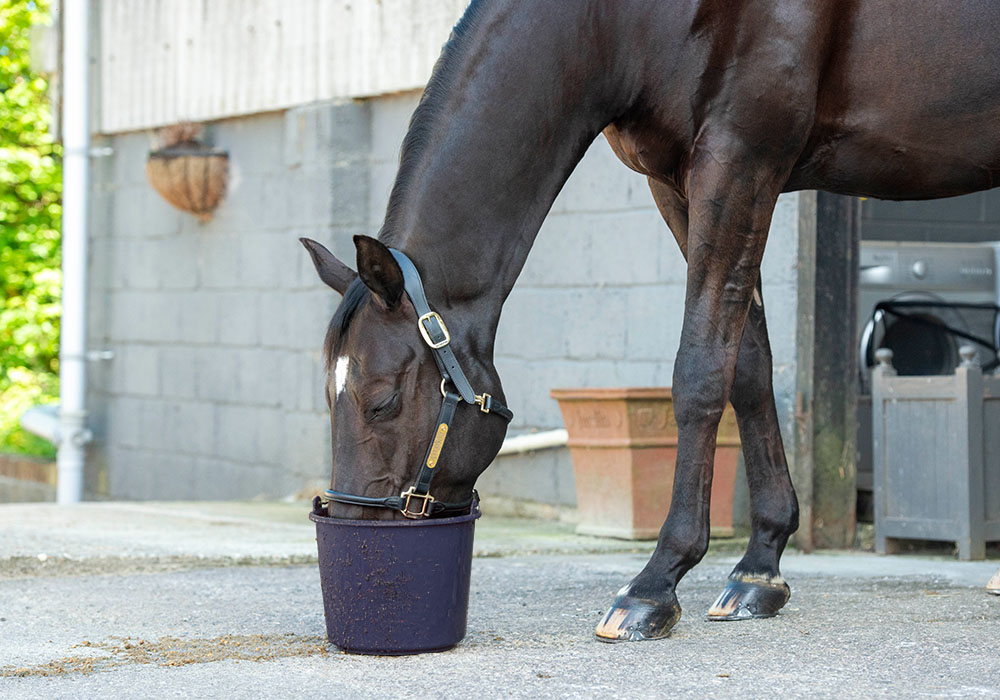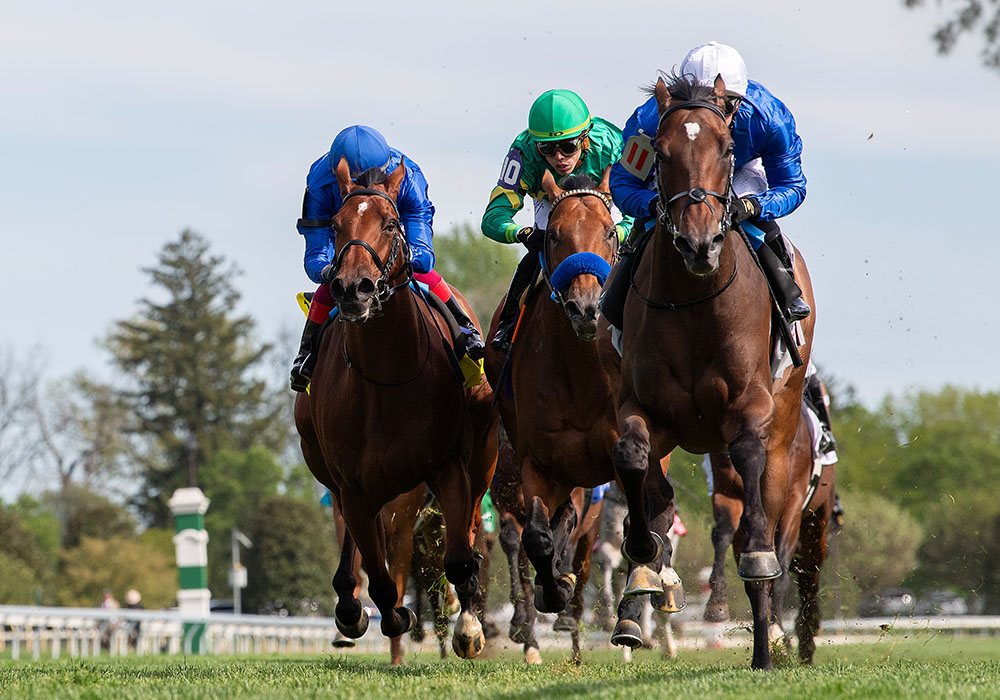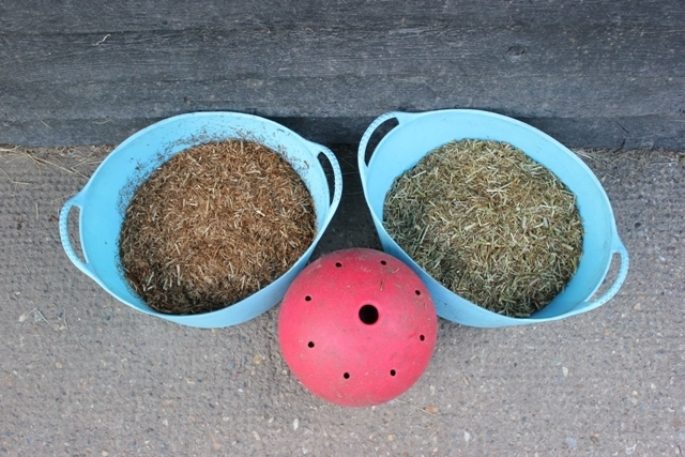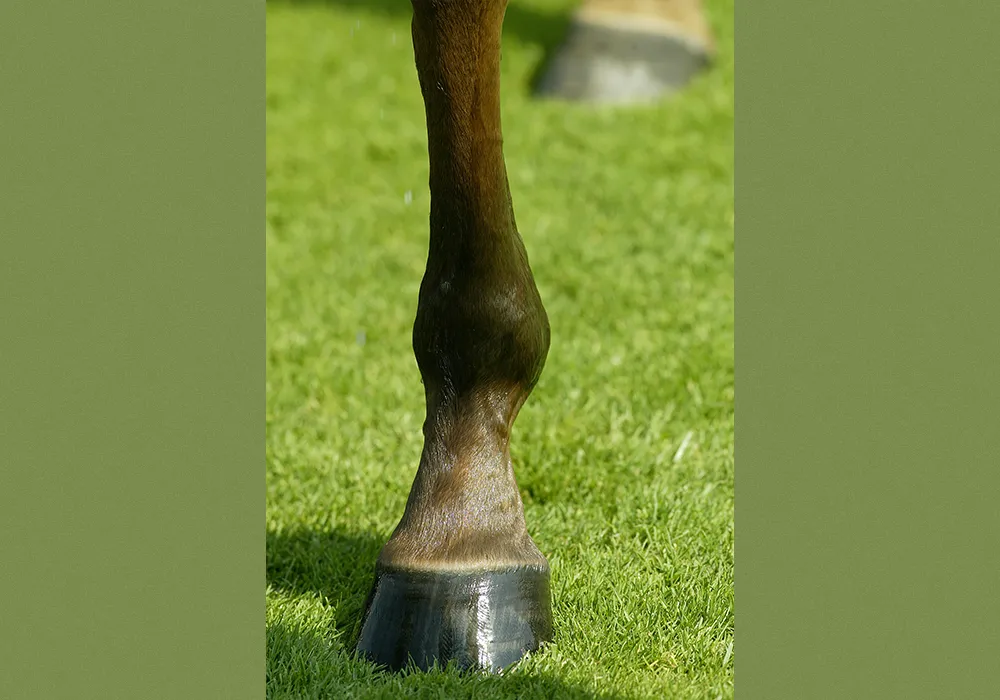Feeding the Ex-Racehorse: Feeding for Weight Gain

In order to put condition on a horse, you need to increase his intake of digestible energy in order to provide more than that which is required to keep warm, active, and maintain his body condition.
Horses lose large amounts of heat from their bodies, which is ‘wasted’ energy. When it is cold, wet, and windy, a horse’s feed requirement may increase by up to 40%, so if your horse has a tendency to drop off condition or you currently wish to improve it, then it is worth making sure they are appropriately rugged in the day and at night.
Forage – the Foundation of Every Horse's Diet
Forage (hay, haylage and grass) should be offered ad-lib to all horses, but especially those requiring weight gain. Not only does forage satisfy the horse’s natural desire to trickle feed and chew but it is essential to maintain a healthy digestive system.
Fibre, provided in forage, is fermented in the horse’s hind gut by millions of microflora. The health of these microflora and ultimately, the health of the horse, is dependent upon the quality and the type of diet that the horse is eating. Feeding plenty of good quality forage, e.g. hay or haylage, will help the microflora to flourish and increase the prospect of the horse gaining and maintaining optimum condition. The process of fermentation generates plenty of heat so feeding forage also provides the horse with his own internal central heating system.
Remember...
If you choose to feed haylage, as a general rule you will need to feed more haylage than hay on a weight for weight basis. This is because haylage contains more water than hay so to ensure adequate fibre intake you will need to feed plenty of it!
Choosing the right feed
When choosing a feed for your ex-racehorse you need to consider:
- How much time the horse will be spending in his stable
- His temperament
- How much work you intend to do with him throughout the months ahead
Some conditioning feeds contain large amounts of micronised cereals and are lower in fibre and oil. These are usually extremely effective at putting on weight but the fast-release energy provided by the cereals may not be suitable for ex-racehorses that are naturally excitable, are in light work or are stabled for most of the time.
All the feeds that we recommend for the ex-racehorse use ‘non–heating’, highly digestible “Super-fibres” and oil as the main sources of energy, removing the need for high levels of cereal. RE-LEVE®-MIX & CUBES are high in digestible energy but are whole cereal-free and are ideal for horses that react to high starch levels yet require condition.
Should I feed Oil?
- Oil is an excellent way of providing additional calories required for improving condition without actually increasing the horse’s meal size. Oil is also a ‘cool’ source of energy and is ideal for ex-racers that require condition without the fizz!
- If your ex-racehorse requires more calories to support optimum body condition, we would suggest supplementing the diet with EQUI-JEWEL®. Equi-Jewel® is pelleted, high-oil, stabilised rice-bran supplement designed to increase the calorie density of any ration. EQUI-JEWEL® is an ideal product to support topline and muscle development, no matter what discipline your ex-racehorse is now competing in.
- Research carried out by KER has also proven its superiority in optimising performance when substituted for vegetable oils. Horses had lower heart rates and subsequent shorter recovery periods after strenuous activity.
- EQUI-JEWEL® can be added to the feed and can be fed up to 1kg per day (2 - 5 Equi-Jewel® measuring cups).
Need Guidance?
If you would like any further information on feeding your horse or pony please feel free to contact our nutritional team on +44 (0)1622 718 487, email info@saracenhorsefeeds.co.uk or fill out our Feed Advice Form.
